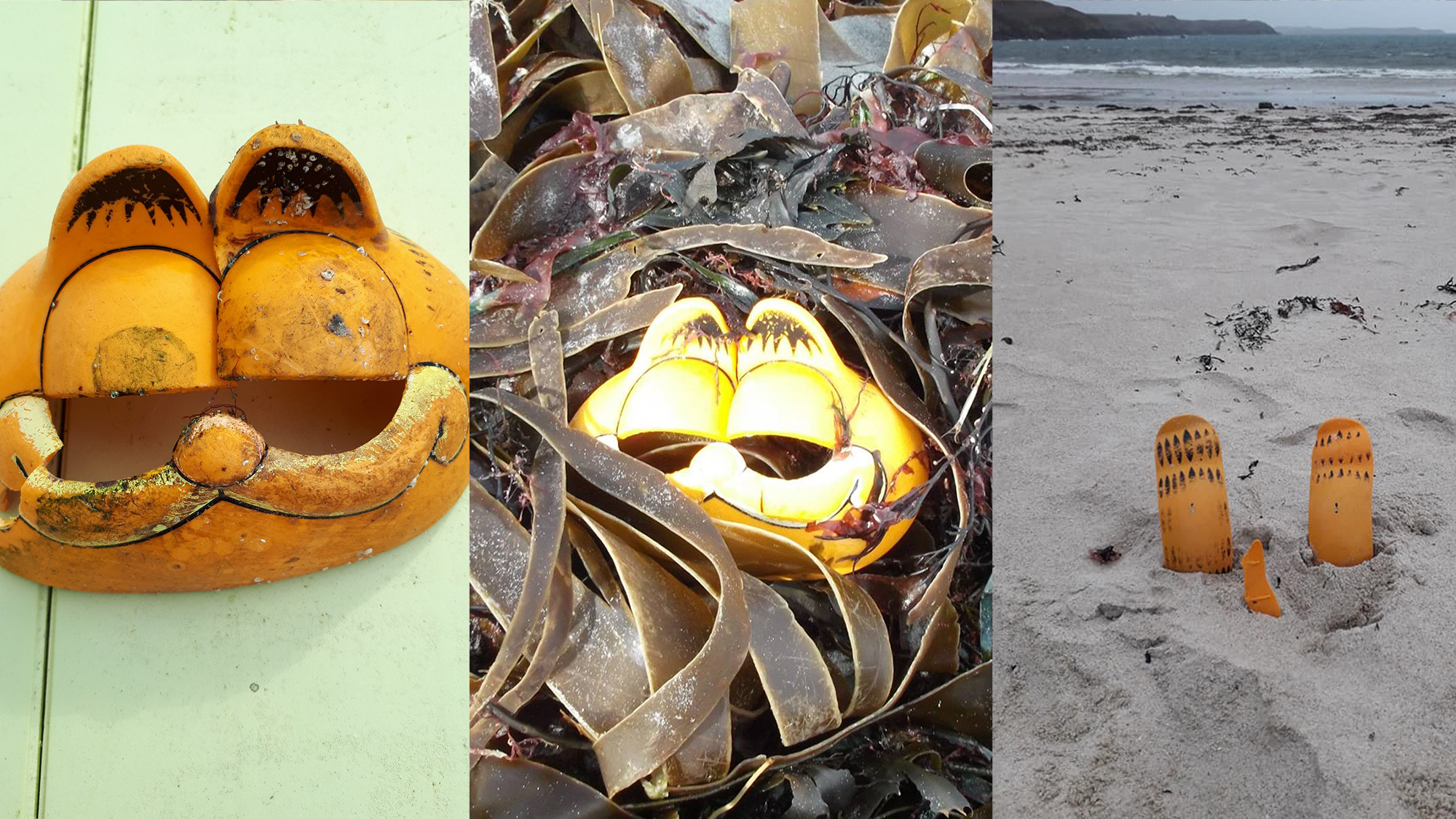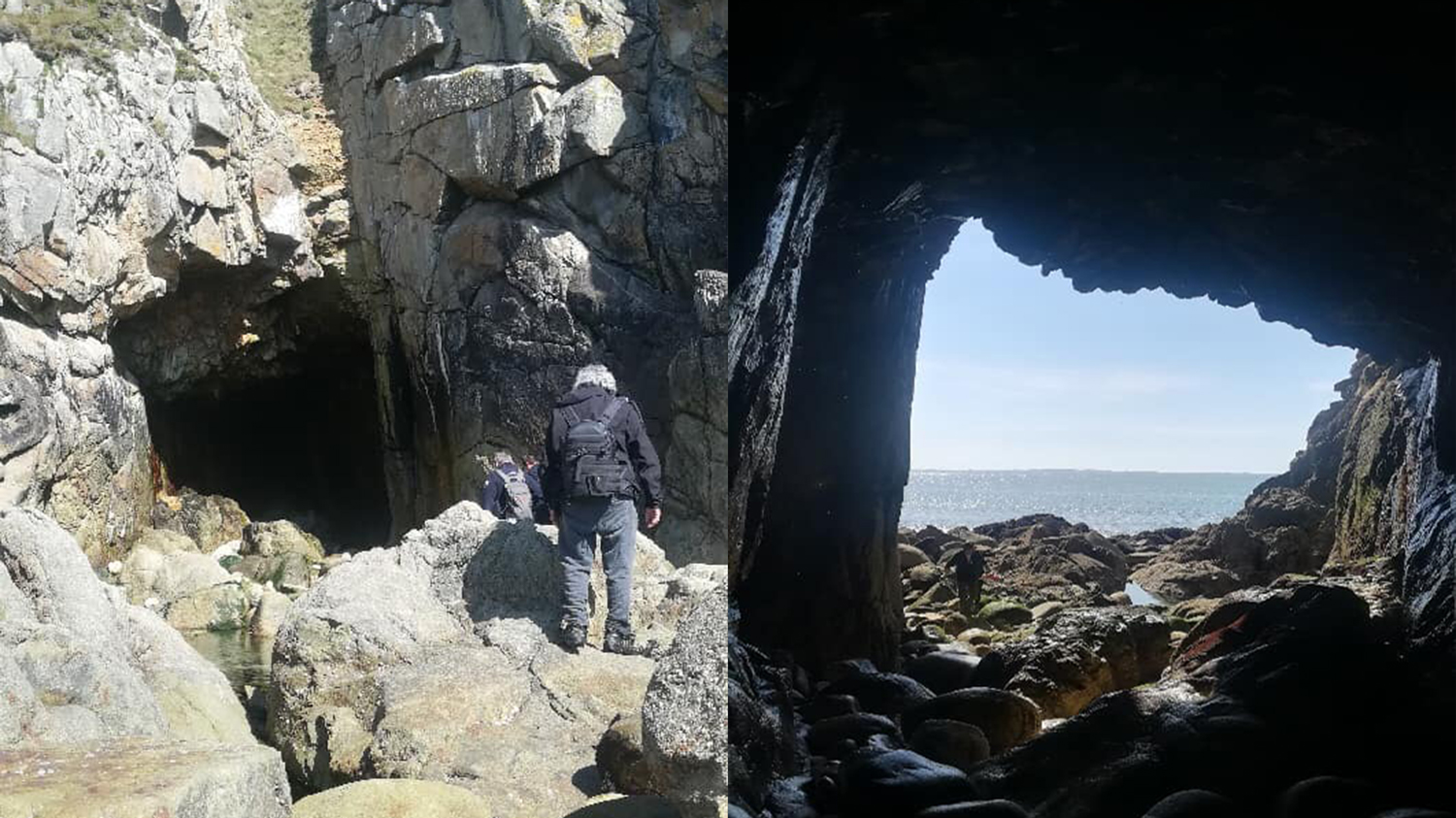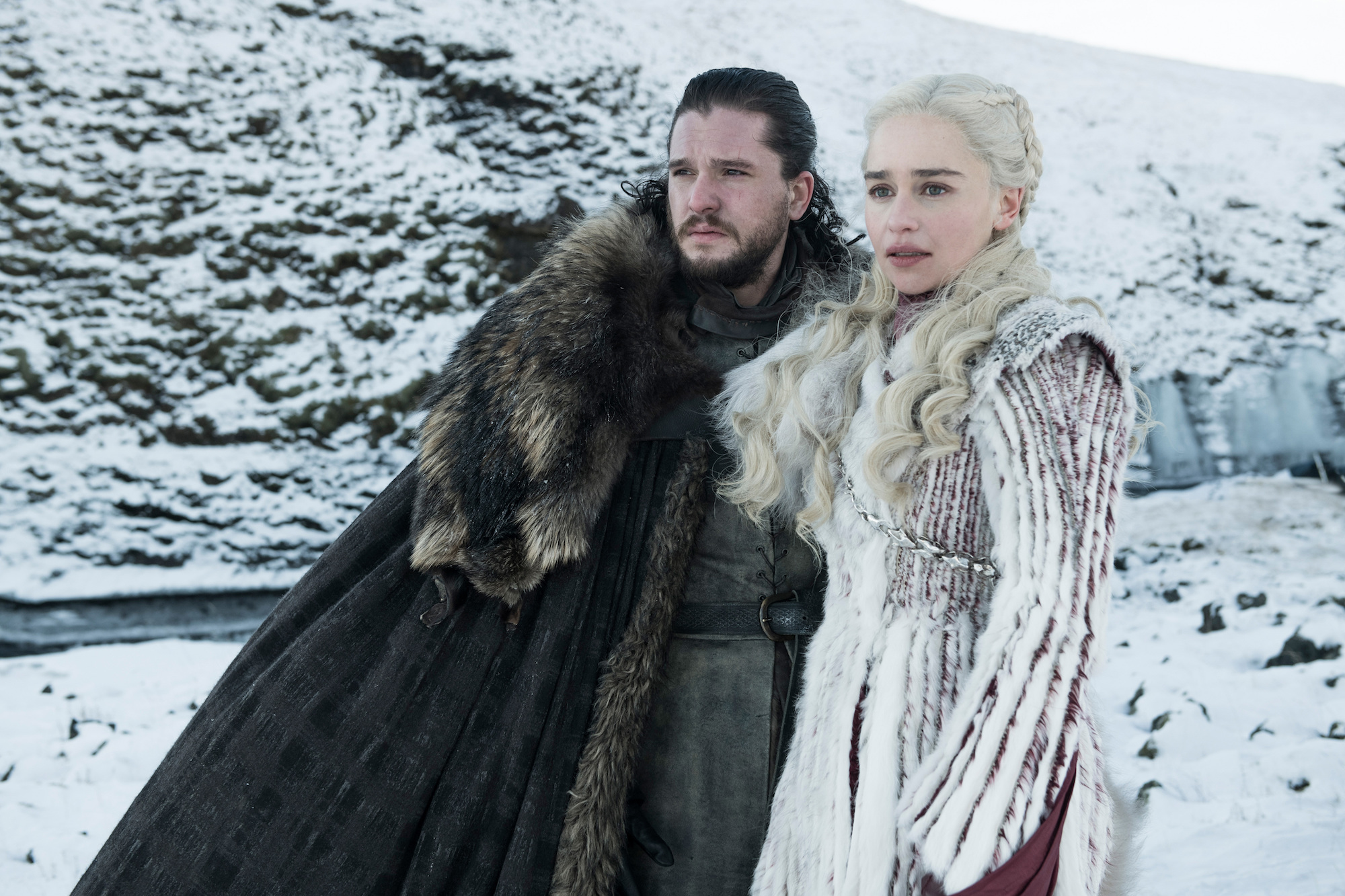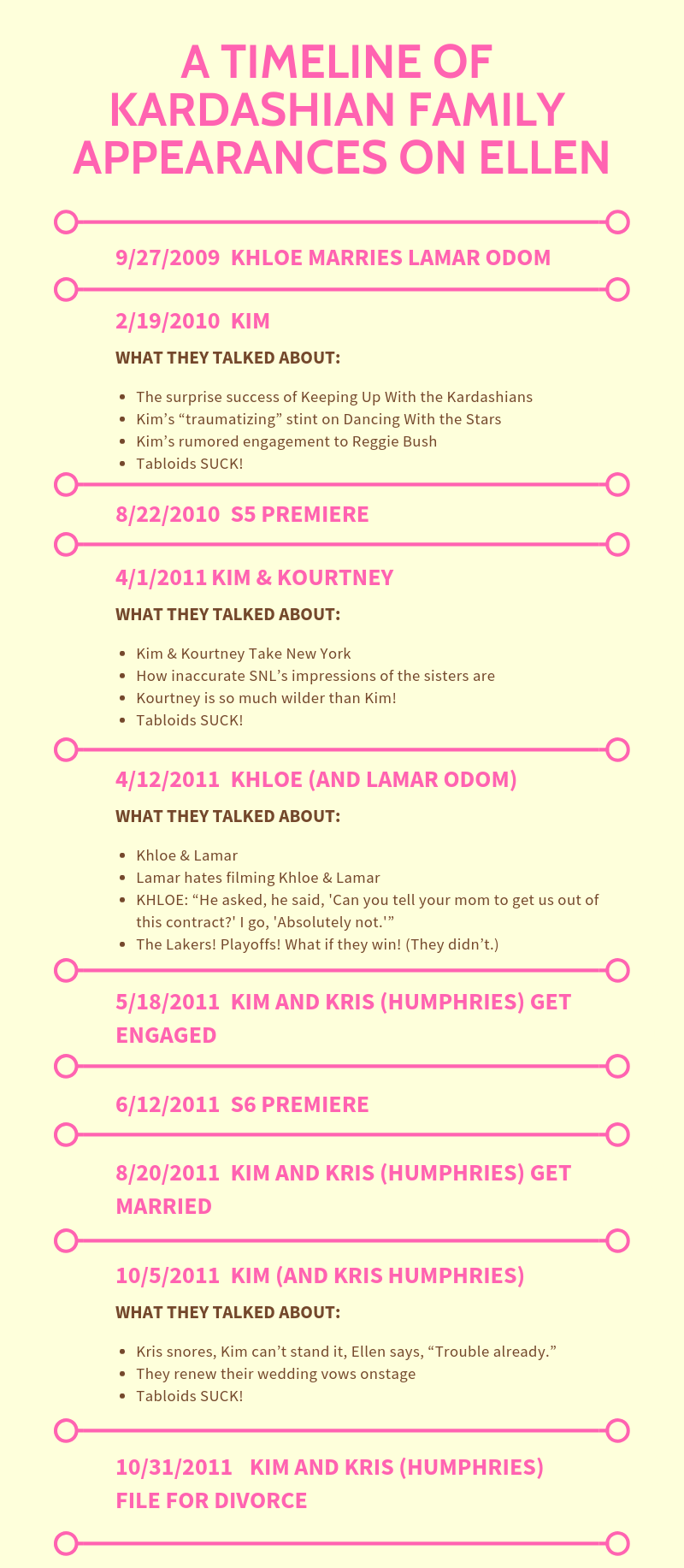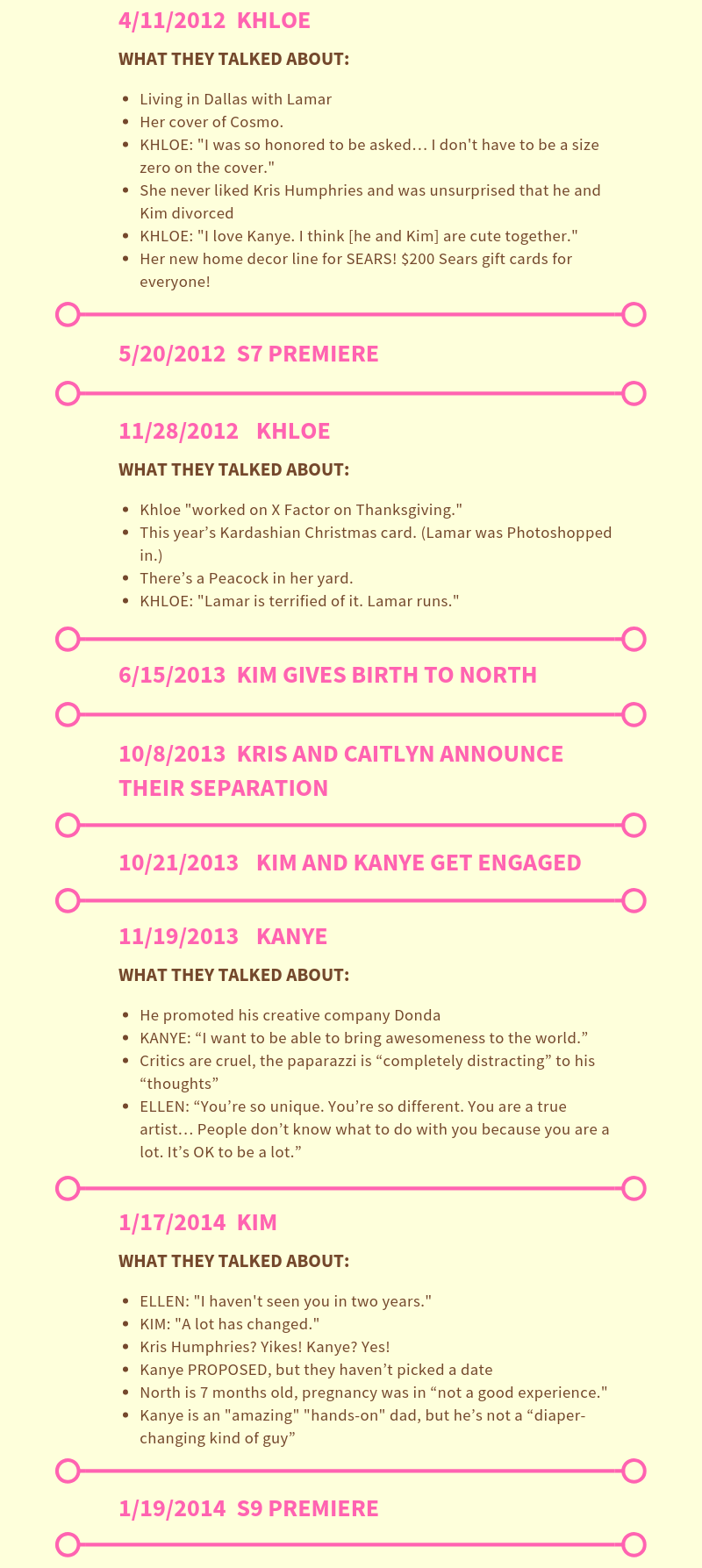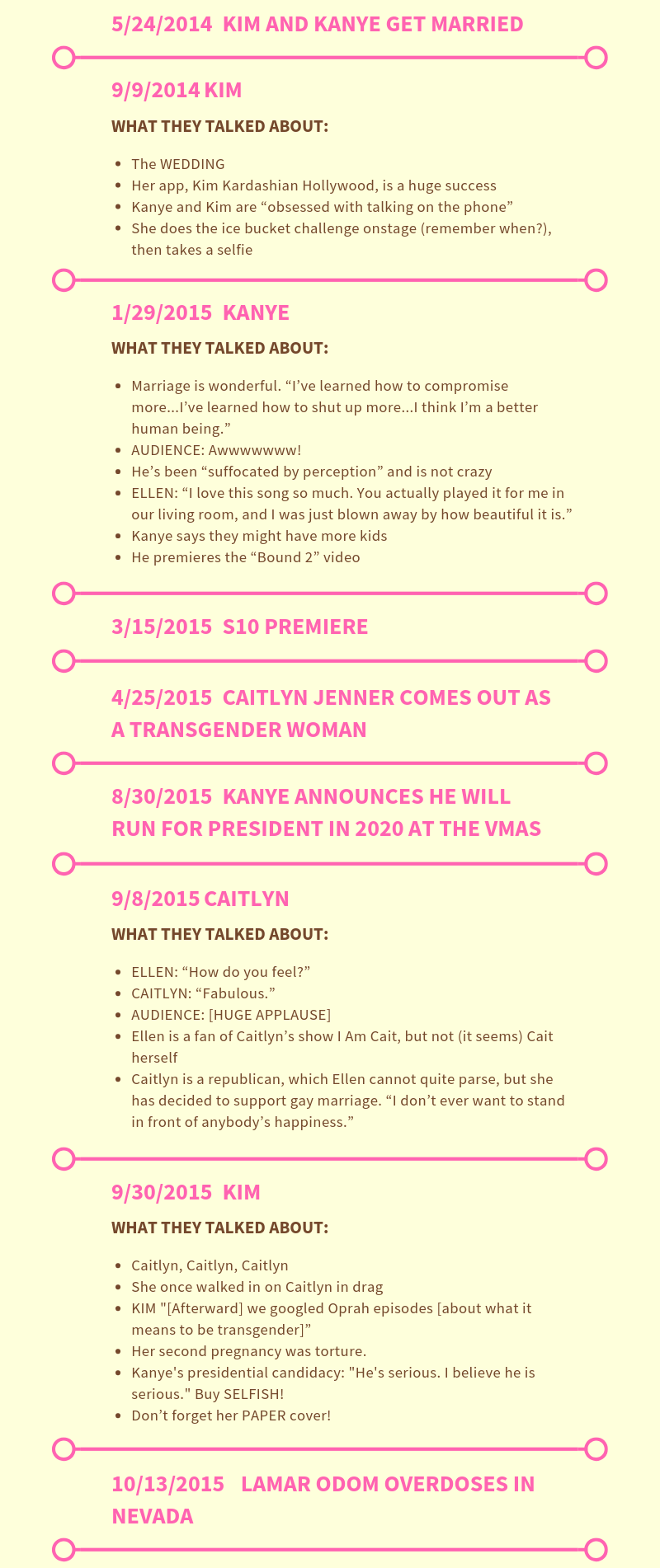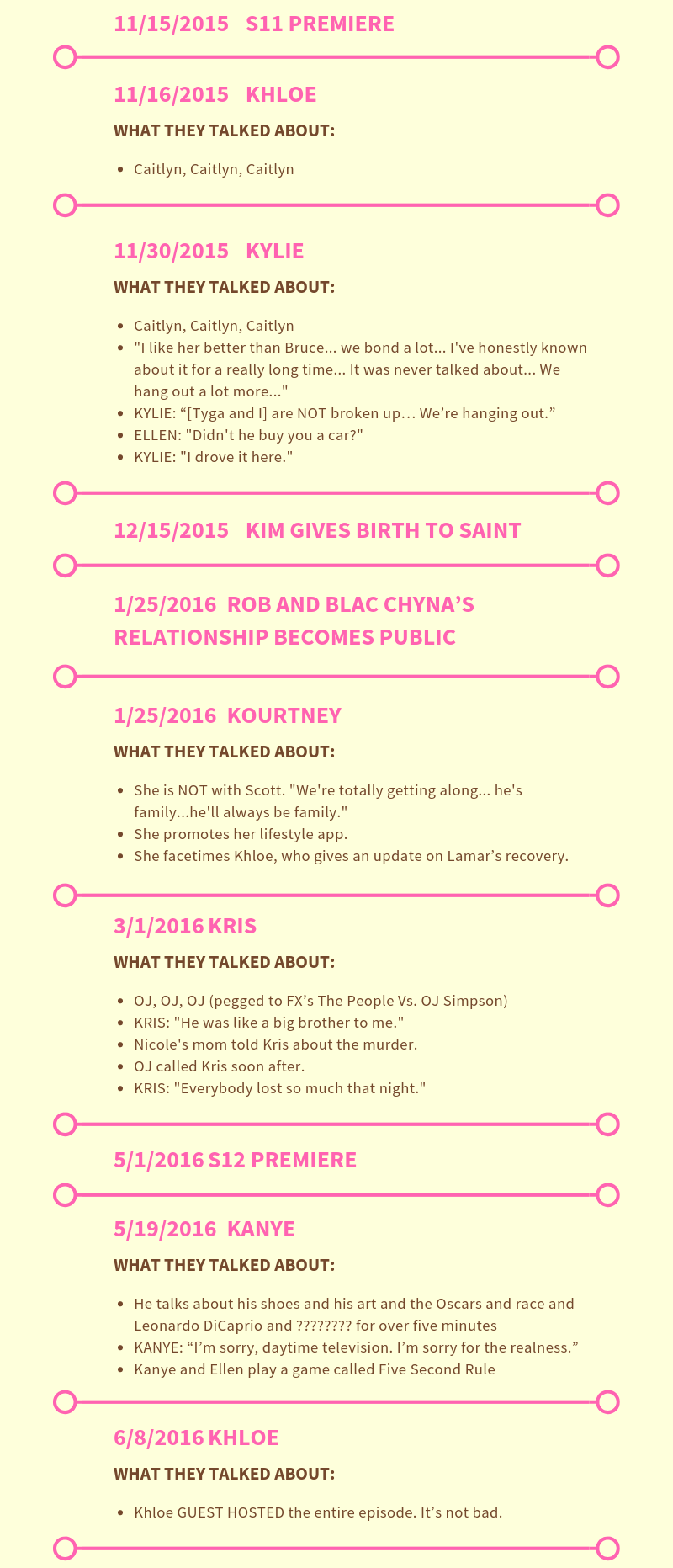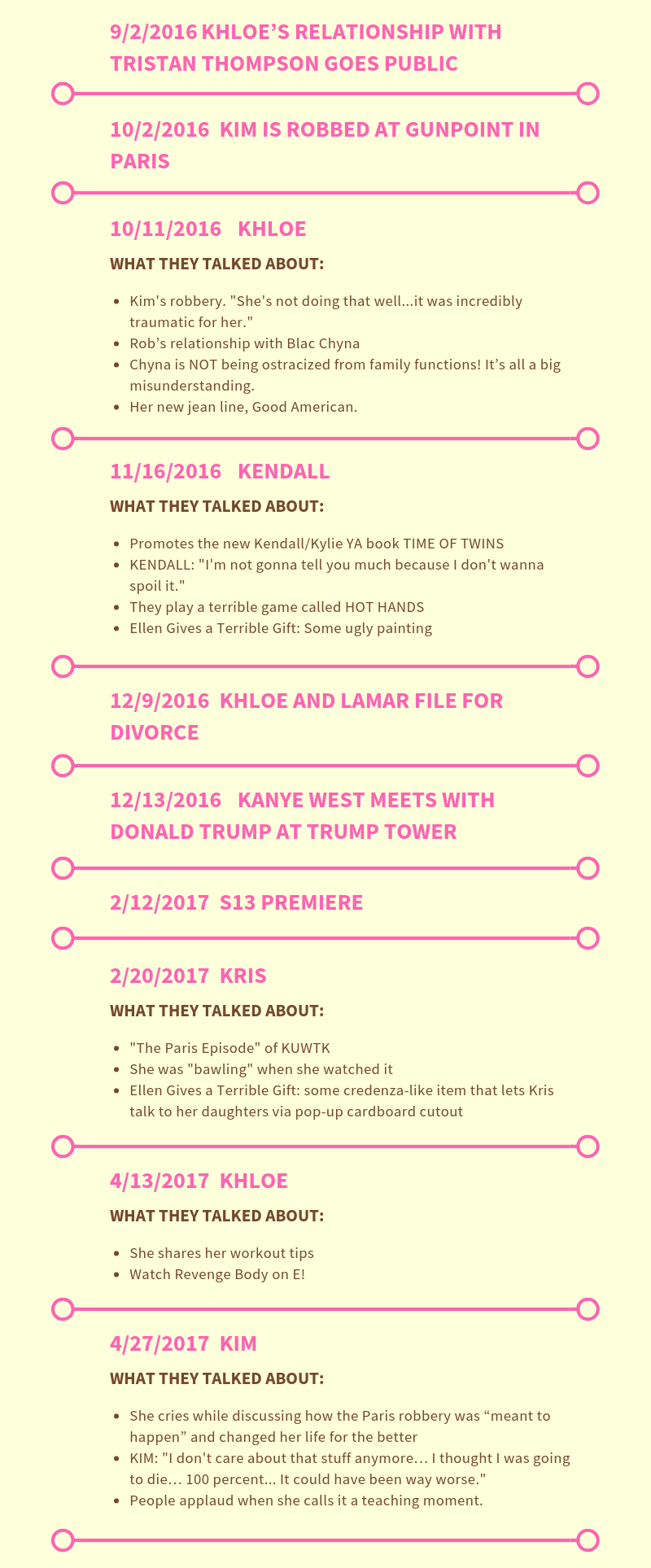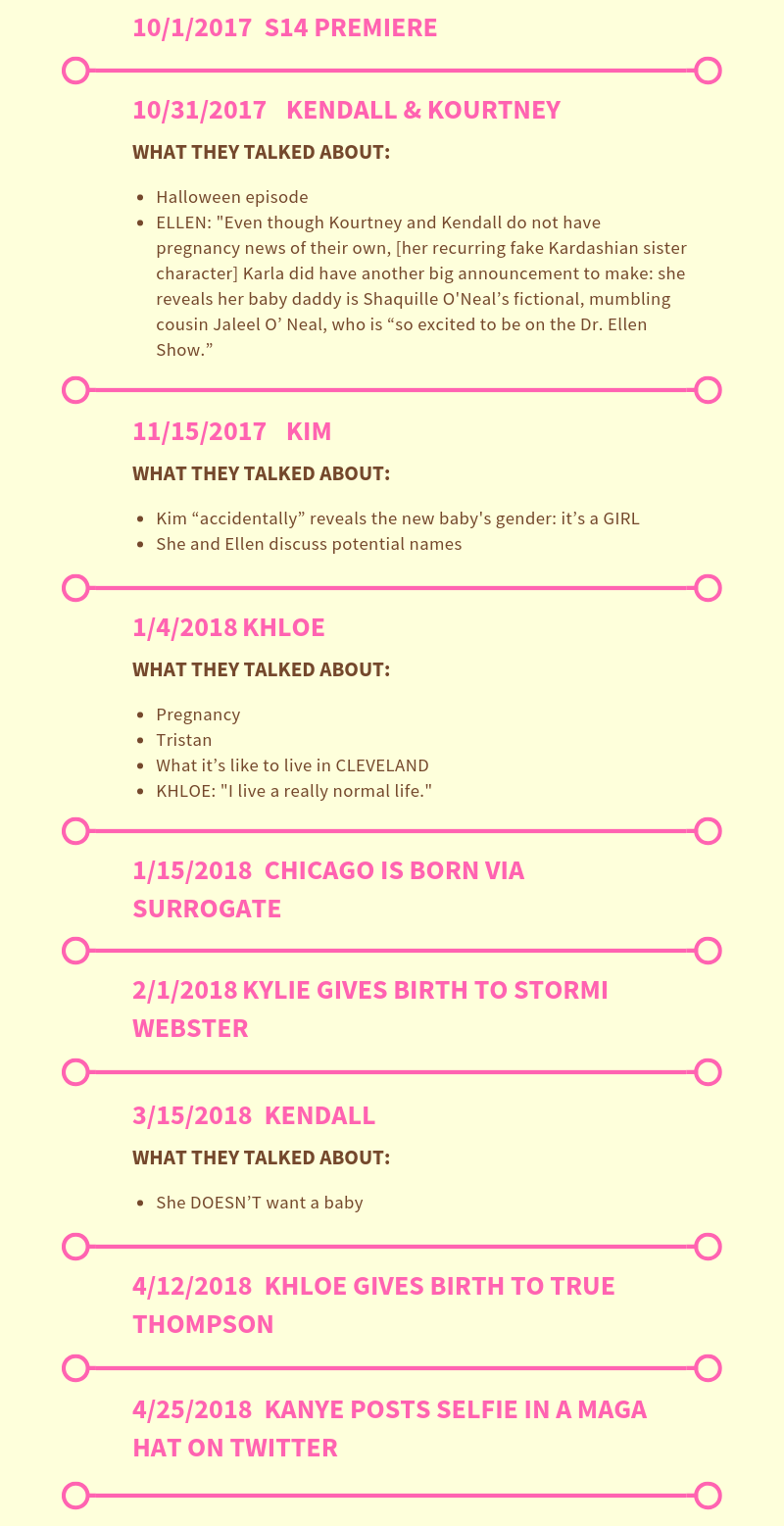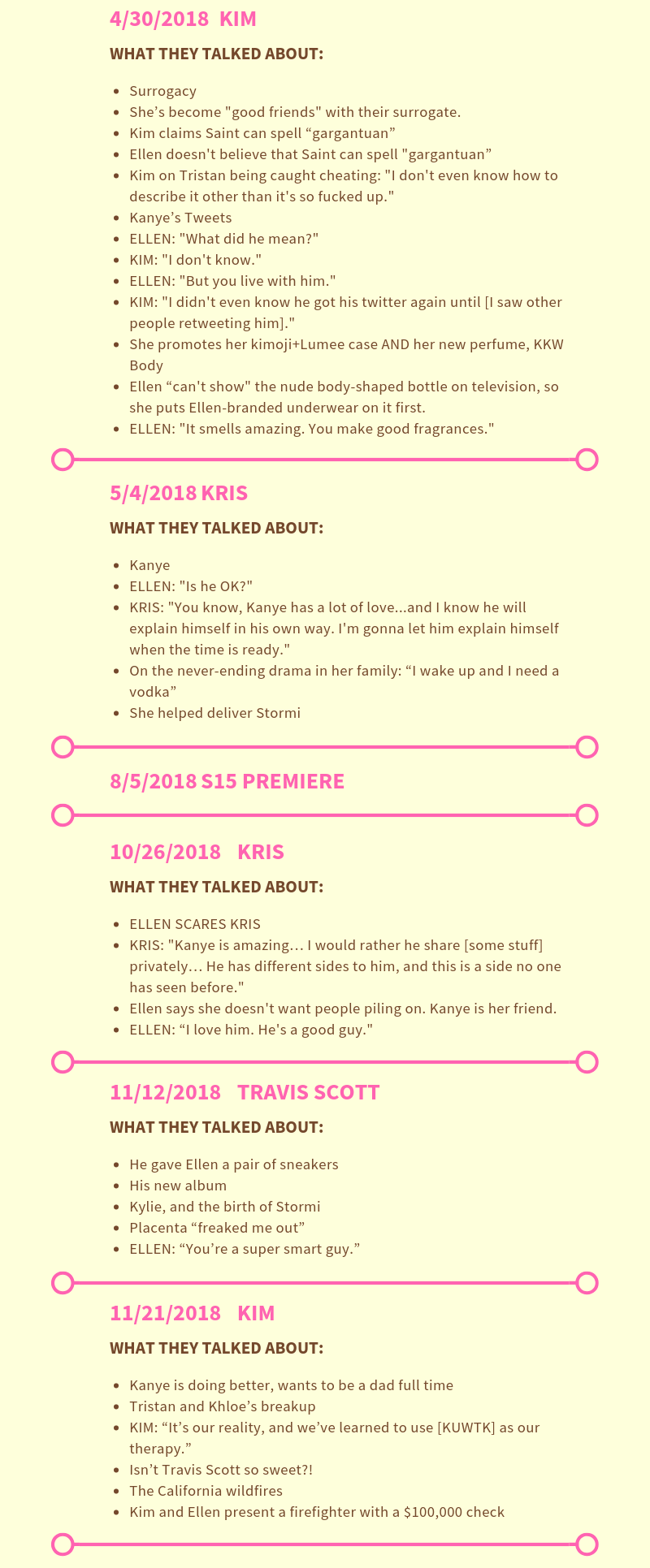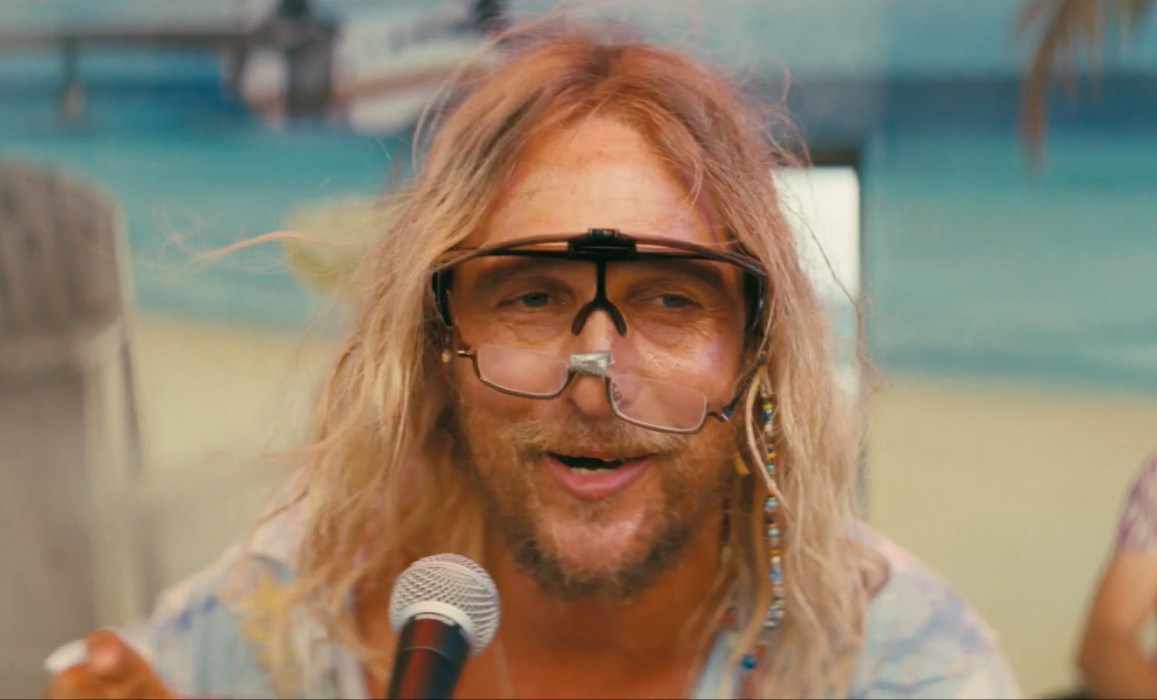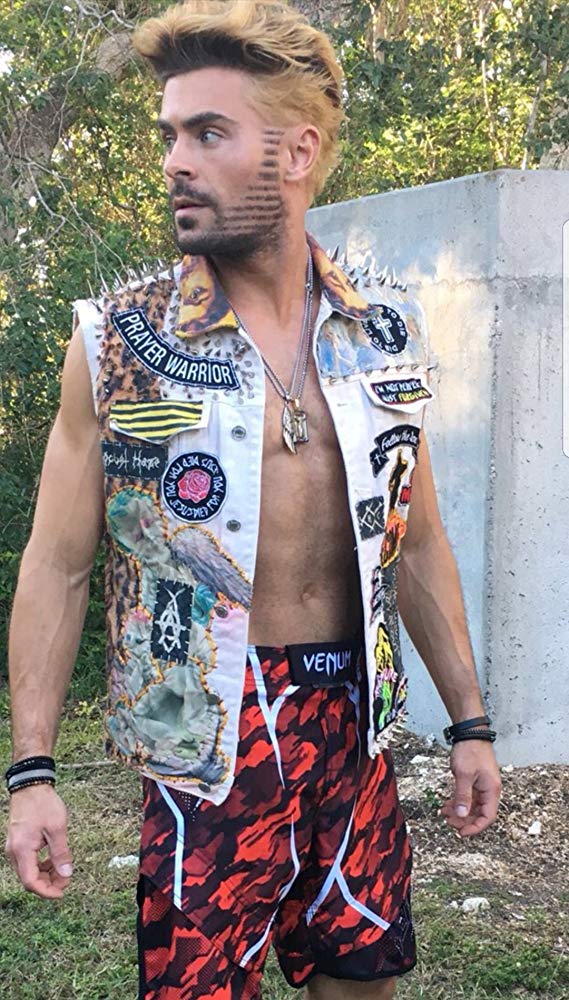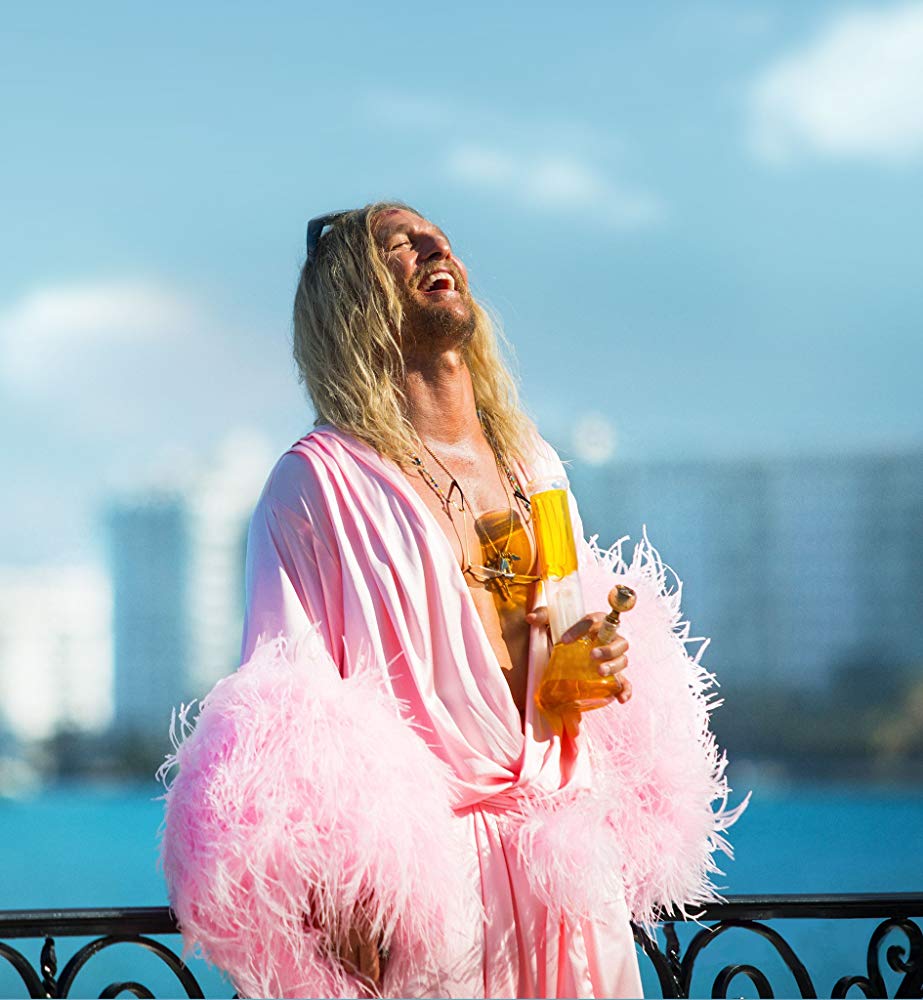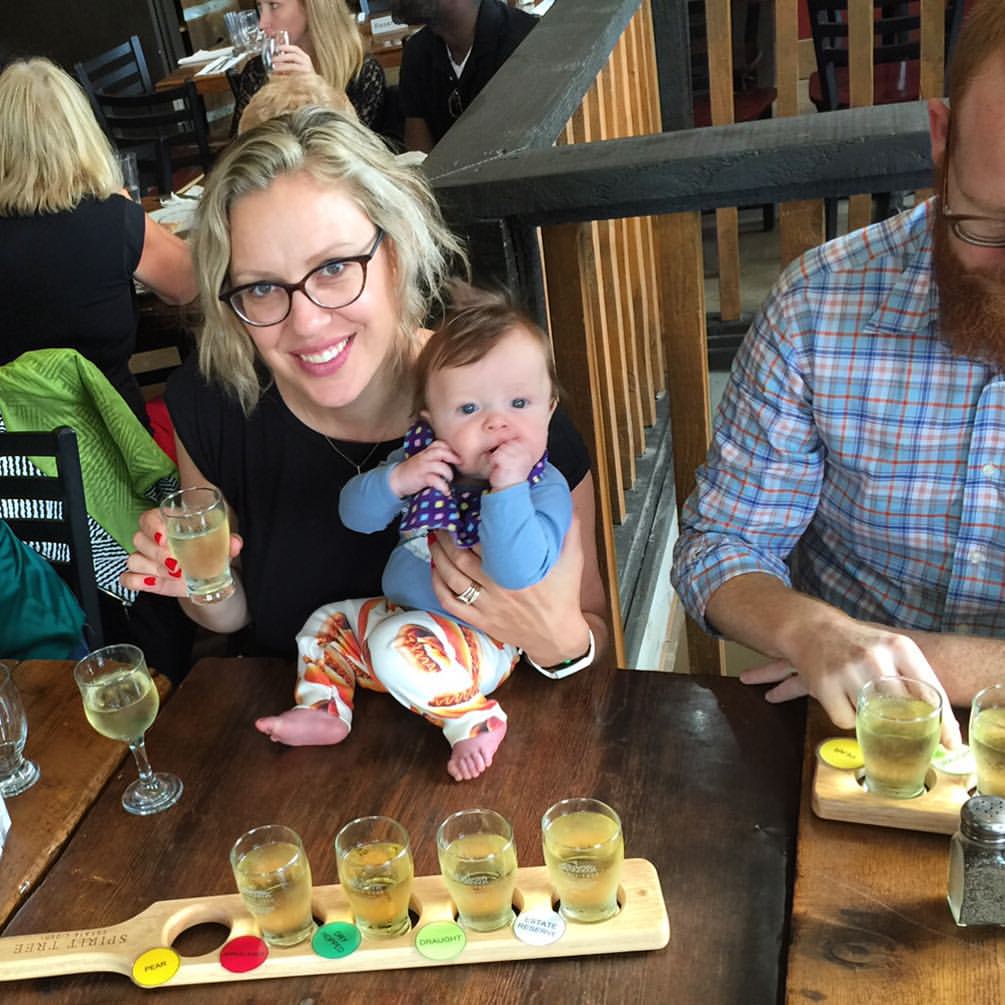We know Kris Jenner can build a brand, but how do you build a Kris Jenner? With just a high school degree to her name, Kris Jenner has become the Mother of Billionaires and the face of memes praising her for being a harder worker than Satan himself. In about a decade, she’s managed to snatch the title of “Employee of the Century” from the ruler of Hell who's held the title for over 6,000 years. And, somehow, that’s a compliment. If not that, it’s a hat tip to her ability to create drama for her family to serve storylines for their show, as well as her ability to make their more heinous behavior disappear.
Take the upcoming season of Keeping Up with the Kardashians, the show’s 16th. When news dropped a few weeks ago that Kris’s daughter Khloe’s estranged baby daddy Tristan Thompson had allegedly cheated on her with Kris’s other daughter Kylie’s best friend Jordyn, the immediate reaction was part instantaneous belief that the known cheater would do such a thing, and part “was this drama entirely concocted by Kris?” Such is the power that Kris has, or at least, has been given to her by an audience well aware of the credit she consistently takes for her family’s empire. Perhaps had the Devil birthed enough offspring to occupy the whole of a Calabasas gated community, he would have had more continued success. Without living, breathing paychecks, the Devil has resigned himself to a life of mundanity, wreaking havoc in our daily lives. And, no, he can’t blame it on old age, since in just two short years Kris Jenner will legally be considered a Senior Citizen in the United States of America.
With zero offense to anyone that’s ever had the desire to get a full and restful night of sleep, you must know that Kris’s desire for a peaceful slumber may be why she’s so successful. “I used to go to bed at night and lay down and put my head on the pillow and think, That day was so satisfying,” Kris has said. “I just got so much joy that I was able to feed my kids and send them to the school they had been going to and be able to get them what they wanted.”
The rise of Kris Jenner is a fascinating one. As she’s designed it, everyone knows the basics: She married OJ Simpson’s future lawyer, Robert Kardashian, when she was young, had four children (Kourtney, Kimberly, Khloe, and Robert Kardashian), cheated on her husband with Khloe’s alleged “real father,” Todd Waterman, divorced Robert, and shortly thereafter married a former Olympian who went by the name of Bruce Jenner at the time. It didn’t take long before the two had Kendall and Kylie Jenner. At this point, Kris and Bruce were simply a blended family, living the life of the moderately elite in the suburbs of Los Angeles. This union for Kris was a gamble. In 1991, she and Bruce had eight kids between them, and Bruce had just $200 in the bank. Before the 2007 premiere of Keeping Up with the Kardashians, Kris was primarily a stay-at-home mom, without the “-ager” attached to the end of it. Though she arguably cut her teeth in the momager game with Bruce, now Caitlyn Jenner.
In Kris’s words: “I told my assistant, Lisa, ‘OK, listen. We have the greatest guy here. [Bruce] really knows his craft. He is really good at what he does, but he doesn’t have anybody doing anything for him. He doesn’t have a lot going on. He has $200 in the bank. What are we going to do?’ Because the kids have to eat. We have to get it together.”
Kris realized that Bruce had enormous potential as a motivational speaker. “He didn’t have a business card,” she recalled in a Lenny Letter interview with Janet Mock. “He didn’t have a bio. He didn’t have press, nothing. There was no internet that I used or knew about. I mean, I had a cell phone the size of a brick and a typewriter and an old-fashioned Rolodex thing on a spindle...I had a friend take photos, and I had another woman I know make a sizzle reel that we could use as an intro to his speech.”
Kris explained that she (with the help of her assistant that she could somehow still afford to pay) “spent my last dime...making these beautiful, glossy press-kit folders...We put together 7,000 press kits, and we mailed them to every speakers bureau in the United States. Then we sat back, and we waited for the phone to ring.” And it did.
Related Post
She did all this while working overtime for her kids as well. “When I had kids, I took them to Mommy & Me, and I had classes at my house,” she told the New York Times in an extensive profile of her from 2015. “I was the soccer coach, the Brownie leader, the room mother, and the carpool driver. I volunteered for everything.”
She took that same diehard dedication to the hustle and to her children’s happiness and success well into their adulthood, zeroing in her laser sharp focus on giving them everything they’re hearts desired.
“My job is to take my family’s 15 minutes of fame and turn it into 30,” Kris told More magazine in 2011. “I work hard. It’s a very rewarding feeling when I go to sleep every night knowing I did the best I could for my family.” And sometimes extending that 15 minutes of fame to an infinity number of minutes takes hard, and sometimes questionable, work.
I don’t remember a time where the Kardashians and Jenners weren’t a mental mainstay of mine, but when I look at the numbers, I most likely have lived at least half of my life with them in the fold. Back in 2007, when I was blissfully unaware of the emotional tether one white family in Calabasas would have one me, Kris Jenner was hunched over with a digital camera taking photos her then relatively unknown daughter, Kim Kardashian, as she posed nude for Playboy. To her daughter, covered in strategically placed pearls, she says in an encouraging voice, “You’re doing amazing, sweetie.” Something you’d love a mother to say in almost any scenario but this one.
This scene, which aired on the inaugural season of KUWTK, has become part of the internet lexicon, and is arguably the moment in which Kris’s wily ways became public knowledge. But since then, Kim has reflected differently on that moment. "I'm sorry I did Playboy. I was uncomfortable,” Kim told Harper's Bazaar in 2010, before explaining that she did it because her mother wanted her to: “They might never ask you again,” Kris apparently told Kim. “Our show isn't on the air yet. No one knows who you are. Do it and you'll have these beautiful pictures to look at when you're my age."
Like Kris told Kim, very few knew who they were yet. However, the child with the leaked sex tape could change all that. Unlike Paris Hilton, who has said she went into hiding for months after the leak of her sex tape, Kim and Kris doubled down on the sex symbol ideal, and came out guns (and buns) blazing.
The night before KUWTK premiered in 2007, Gina Bellefante wrote about Kim’s sex tape and the premiere of the show in The New York Times. "The surfacing of this tape — in which Ms. Kardashian appears, not debating economic sanctions against Iran, with a former boyfriend, the hip-hop artist Ray J — was a mixed bag for her mother...” Bellefante argued. “As a parent, Ms. Kardashian's mother, Kris Jenner, was concerned for her daughter. But as her manager, she thought, well, hot-diggity."
Kris herself has been almost surprisingly open about how she operates as a businesswoman. In her 2011 memoir Kris Jenner...And All Things Kardashian, she explains, “I started to look at our careers like pieces on a chessboard...Every day, I woke up and walked into my office and asked myself, 'What move do you need to make today?' It was very calculated. My business decisions and strategies were very intentional, definite and planned to the nth degree.”
This strategy and work ethic has no doubt been passed down to her children. “Every single one of my girls gets up at the crack of dawn and works really hard. They work all day long until they fall down,” Kris told More. Shade to her son aside, whose work ethic has been lacking despite a degree from USC’s Marshall School of Business, that level of dedication to the hustle is already being directed at her grandchildren, too. One look at Instagram and you know for a fact that Kris loves her grandchildren. But along with having a special place in her heart, they have a special place in her bank account. In an interview with Oprah, Kris admitted that she thought the show was on its last leg in earlier seasons. But, she became more optimistic when “my children started having children.” While she's never said this herself, it's clear that more bodies equals more stories equals more seasons equals more money.
As the show’s success, and that of the family, has grown, Kris has had to learn how to adapt to a social media heavy, and tabloid trenched world. Instead of filling episodes with over-the-top fights between Kourtney and her douchey boyfriend-turned ex-turned co-parent, Scott Disick, or showing Kris try to care for a pet monkey, they became hour long exclusives into the family’s never ending dramas. The world may loudly whisper about the Kardashians every controversial move, but you won’t hear a substantial word from any of them until it means ratings. If someone’s pregnant, you’ll hear rumors, but no confirmations until the new episode airs. It’s a model they’ve used for Kourtney’s pregnancies with Mason and Penelope, Kylie’s lip fillers, Kendall’s embarrassing Pepsi commercial, Khloe’s break-up and subsequent support of her ex-husband Lamar Odom when he nearly died, the epic Kimye proposal, Kim’s frightening robbery in Paris, and countless other moments.
What’s also by design, though, is Kris’s calculated effort to maintain her and her family’s own private life. She might be blatantly obvious about her hustle, but she’ll also be blatantly obvious about how much more they could reveal. “Though the Kardashians expose much of their own dirty laundry in public themselves on Keeping Up with the Kardashians, Kris insists that their actual private lives are strategically kept private — and that sometimes that means firing members of their teams,” Page Six wrote in 2018 following an interview she’d done with HuffPost about how the family hires assistants. Recently, Kris’s home was featured in Architectural Digest, but it’s not the black and white tiled home that’s visually synonymous with the Kardashian name. It was her real home where she actually lives, but doesn’t film in.
For privacy reasons, the show has used a fake facade when showcasing the outside of Kris’s home, but now she’s taken that a step further. Architectural Digest writes that her new home is, “a dramatic departure from the dynamo’s previous home, which she still uses to tape KUWTK.” It’s her safe haven; when she’s working on KUWTK, she reports to set — her old house — and leaves when the day is done. Kylie’s pregnancy was also kept completely secret until she finally appeared in brief on the finale of Season 14, full baby bump in sight and released a video of her nine months away from the cameras.
Kris is so focused on privacy that if you violate it she will not hesitate to sue the hell out of you. “I don’t care how much money somebody might have―if they have nothing,” she warned in the HuffPost interview. “Some people think, ‘Oh, I don’t have any money, and they’re not going to sue me.’ Well, we’ll take payments. We’ll garner those wages for, you know, the next 10 years. But I just think that people don’t think. It’s a foolish thing to do.” Ruthless, almost stunningly honest, but it works, both for the family and for her reputation as a mastermind.
What’s particularly special about Kris as both a mother and a businesswoman is that she’s completely tuned into the public’s perception of her. Her own children have accused her of using her their earning potential as a way to judge who the current favorite is. When the Kardashian sisters were on Watch What Happens Live! in January, host Andy Cohen asked who Kris’s current favorite was. (Disclaimer: I'm a former WWHL employee.) The answer was easy. “Kimberly 10 years ago," said Khloe, but "Kylie now,” said all three sisters at the same time. The change? The youngest is now a billionaire and the eldest...not.
Proud of her meme’d moniker, Kris also tips her hat to another woman who can go toe to toe with the Devil when it comes to business: Miranda Priestly of The Devil Wears Prada fame. In a Season 14 episode of KUWTK, Kris dressed up as an even more sinisterly glam Miranda for a lunch with her daughters. Swapping her infamous black cropped hair for a short blonde ‘do, she draped herself across Kourtney’s couch, in fur and sipping a martini, telling her children, “that’s all.” She was finally showing the world the woman she sees in the mirror each day.
Indeed, making sure that every single member of your family tree is rich, famous, and successful takes grit, and as we’ve seen with Kris, a good night’s sleep. Which may be why she has the energy to work harder than Lucifer, and be well-known for it, considering the Devil never sleeps. Kris Jenner, you’re doing amazing, sweetie.
Sign up for our newsletter to get the best of VICE delivered to your inbox daily.
Follow Mariah Smith on Twitter.
from VICE https://ift.tt/2YA231l
via
cheap web hosting
